The Galaxy S23 Ultra just overtook iPhone 14 Pro Max as our best phone

It's pretty rare that there's a shakeup in our best phone rankings, but we were compelled to make a change in the top spot after we completed our Galaxy S23 Ultra review. Between its impressive 200MP camera, improved battery life and killer display, Samsung's new flagship is pretty close to perfect.
In fact, the Galaxy S23 Ultra has overtaken the iPhone 14 Pro Max as the phone to beat.
I'm not saying there isn't room for improvement in this $1,200 flagship, but as you'll see in our Galaxy S23 Ultra vs iPhone 14 Pro Max face-off, Samsung just edges out Apple as the new champ. Here are 5 ways the Galaxy S23 Ultra beats the best iPhone. And be sure to tell us in the comments if you agree or disagree.
More impressive cameras, including a killer zoom
When I first heard that the Galaxy S23 Ultra had a 200MP camera, I thought it was just a marketing gimmick. But then I tested it, and I was blown away with how sharp an image it can produce. The beauty is that you reframe the image after the fact, and still get a detailed photo.



Check out the above image from the Galaxy S23 Ultra. Even as I zoom in the Bryant Park sign remains sharp. And once I cropped even further I could make out the colorful red and yellow paper lanterns that were in the background. The iPhone 14 Pro Max can take 48MP ProRAW shots, which are also very impressive, but you can't crop in nearly as far.
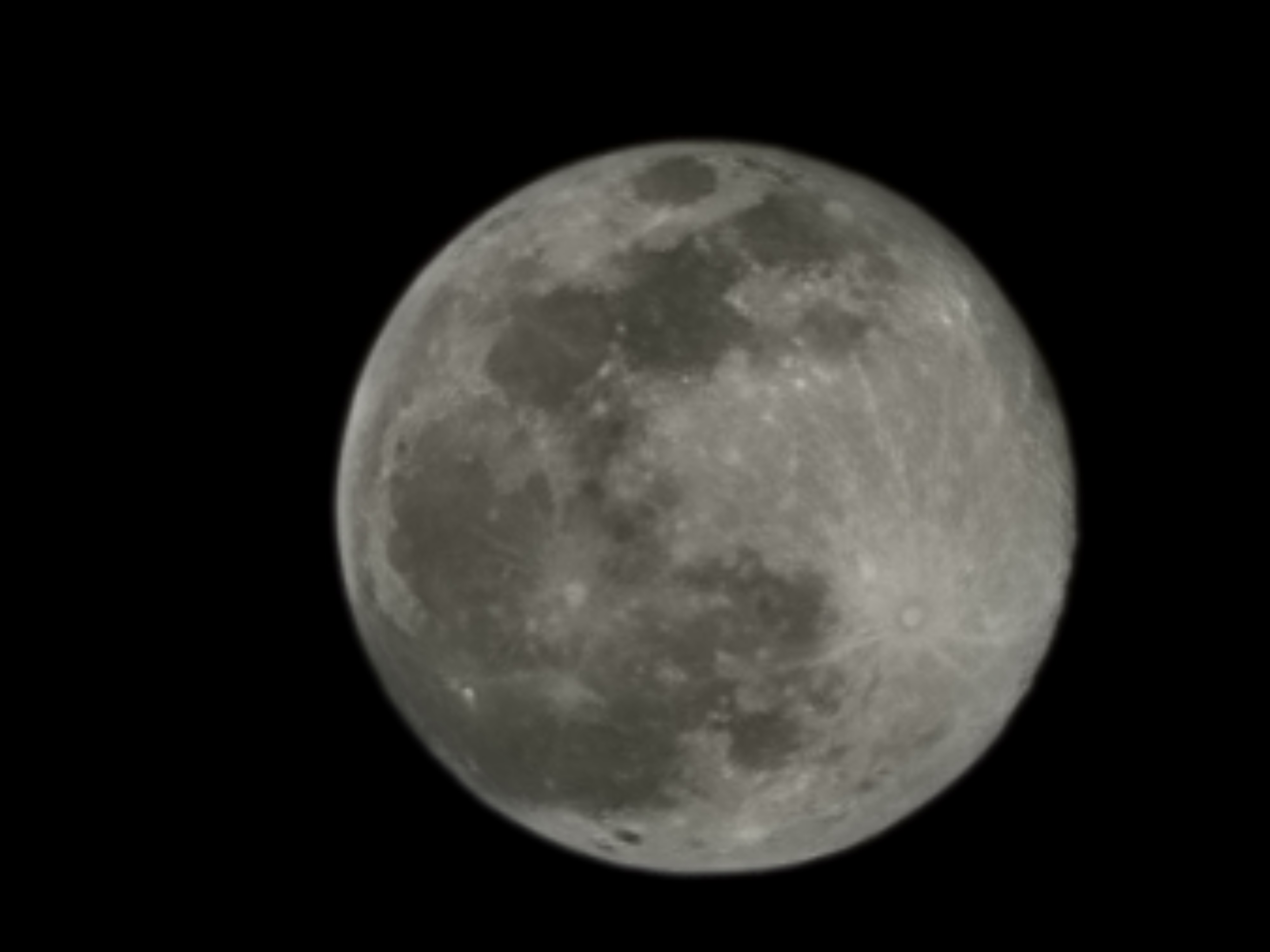
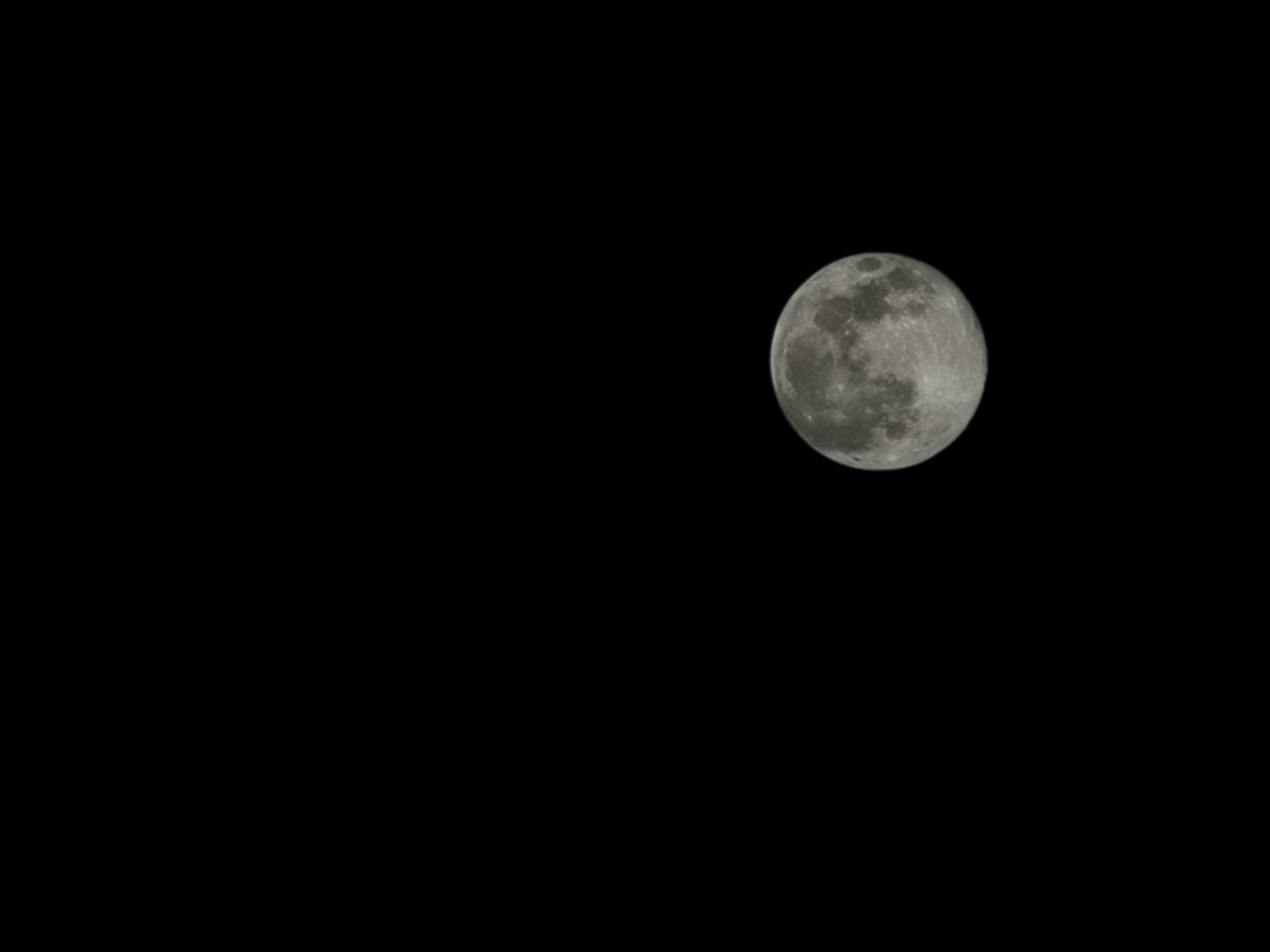


Another area where the Galaxy S23 Ultra beats the iPhone 14 Pro Max is zoom. While the iPhone maxes out at 15x digital zoom, the S23 Ultra has a very strong 30x zoom and 100x Space Zoom option. I shot the above photo of the moon, and the iPhone couldn't muster more than just a blur of light.


While the iPhone did win in certain photo scenarios, I was also impressed with this low-light shot of a fireplace. I liked how warm the S23 Ultra's image looked and how the flames even popped in the glass door.
Get instant access to breaking news, the hottest reviews, great deals and helpful tips.
A better display

On paper the Galaxy S23 Ultra and iPhone 14 Pro Max are pretty evenly matched with their displays. The Samsung features a 6.8-inch OLED (3088 x 1440) screen while the iPhone 14 Pro Max has a slightly smaller 6.7-inch OLED (2796 x 1290) panel, and both support a 120Hz refresh rate.
But our lab test results show that Samsung's screen is better when it comes color reproduction. In natural mode, the S23 Ultra covered 112% of the DCI-P3 color space, compared to 83.2% for the iPhone 14 Pro Max. You can get even more colors if you opt for vivid mode.
| Row 0 - Cell 0 | Galaxy S23 Ulra | iPhone 14 Pro Max |
| HDR brightness (average) | 1225 nits | 1275 nits |
| DCI-P3 color | 112.2% (Natural) / 193% (Vivid) | 83.2% |
| Delta-E (lower is better) | 0.3 (Natural) / 0 (Vivid) | 0.26 |
Both phones are nearly equally bright with the S23 Ultra averaging 1,225 nits compared to 1,275 nits for the iPhone 14 Pro Max when viewing HDR content. But I found the iPhone 14 Pro Max's panel a bit more washed out when viewing the Guardians of the Galaxy 3 trailer side by side on both phones.
Mightier graphics
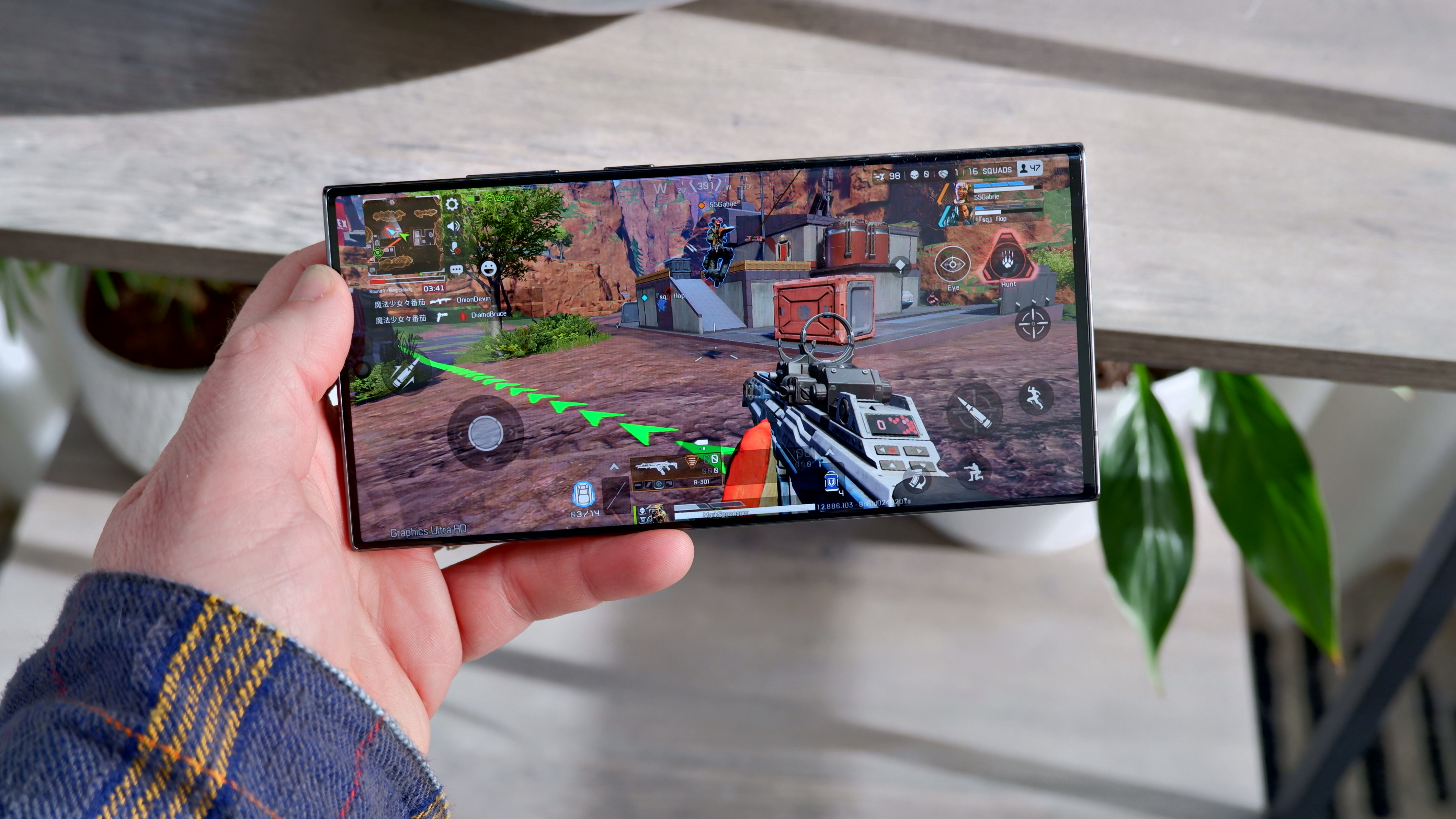
This feels kind of weird to say given how long Apple has been dominant in phone performance, but the Galaxy S23 Ultra's Snapdragon 8 Gen 2 chip actually beat the iPhone 14 Pro Max's A16 Bionic in a key graphics benchmark.
| Row 0 - Cell 0 | Unlimited (FPS) | Extreme Unlimited (FPS) |
| Galaxy S23 Ultra | 79.3 | 20.9 |
| iPhone 14 Pro Max | 74 | 20 |
On 3DMark, which measures graphics performance, the Samsung S23 Ultra scored 79.3 frames per second in the Wild Life Unlimited portion of the test and 20.9 fps in the Extreme Unlimited test. The iPhone 14 Pro Max wasn't far behind at 74 fps and 20 fps, but a win is a win.
To be clear, the iPhone 14 Pro Max won in other benchmarks, including Geekbench and our Adobe Premiere Rush video transcoding test. But gamers will be very happy with the S23 Ultra.
Faster charging
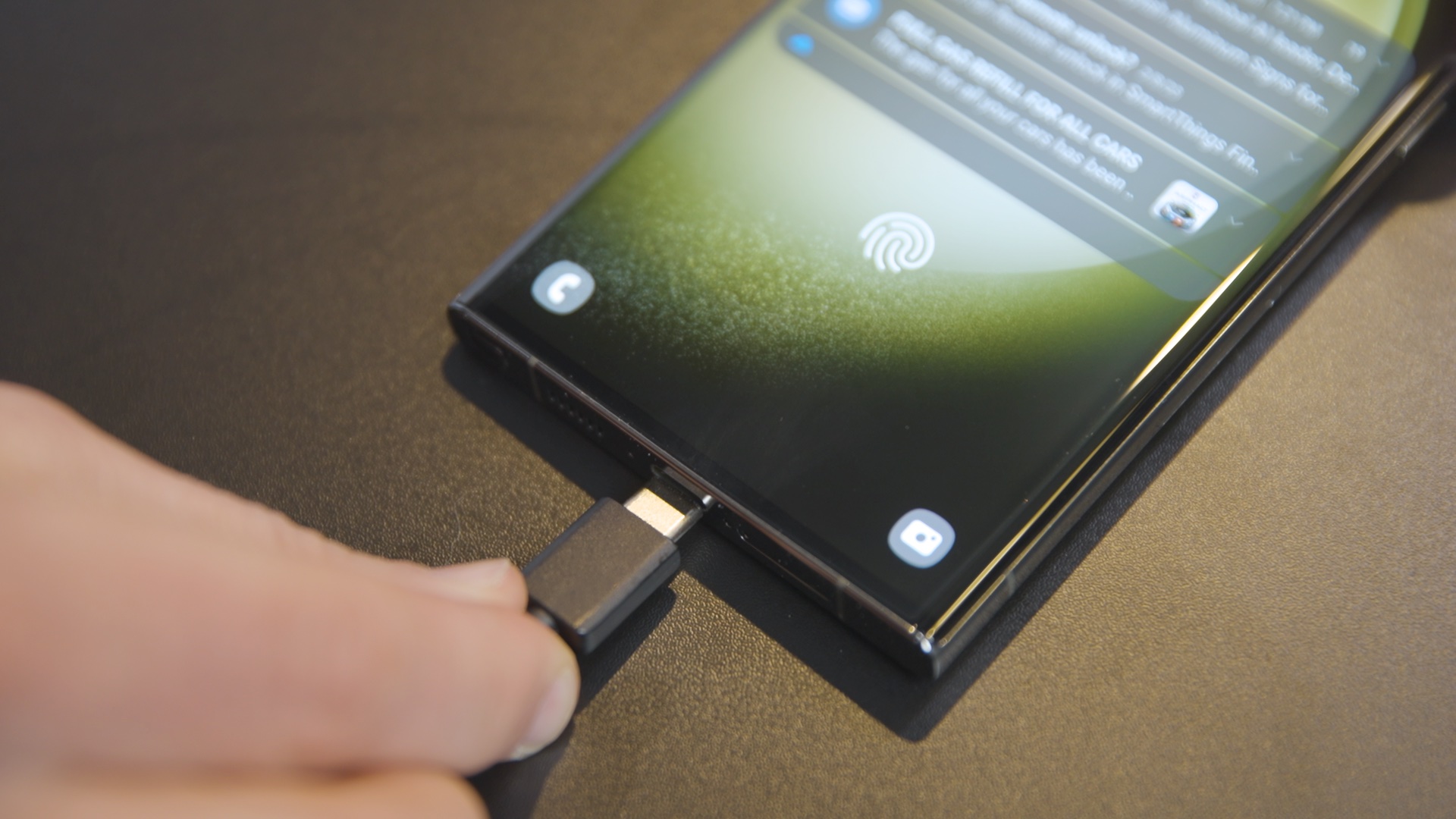
Here's a case where Apple sticking with Lightning hurts the iPhone, although it's rumored that the iPhone 15 series will finally introduce USB-C connectivity.
The Galaxy S23 Ultra supports 45W charging, while the iPhone 14 Pro Max supports 20W charging.
On our charging test, the S23 Ultra reached 57% in 30 minutes with a 45W charger, which is below Samsung's claim of 65%. The iPhone 14 Pro Max got to only 42% with a 20W charger.
S Pen
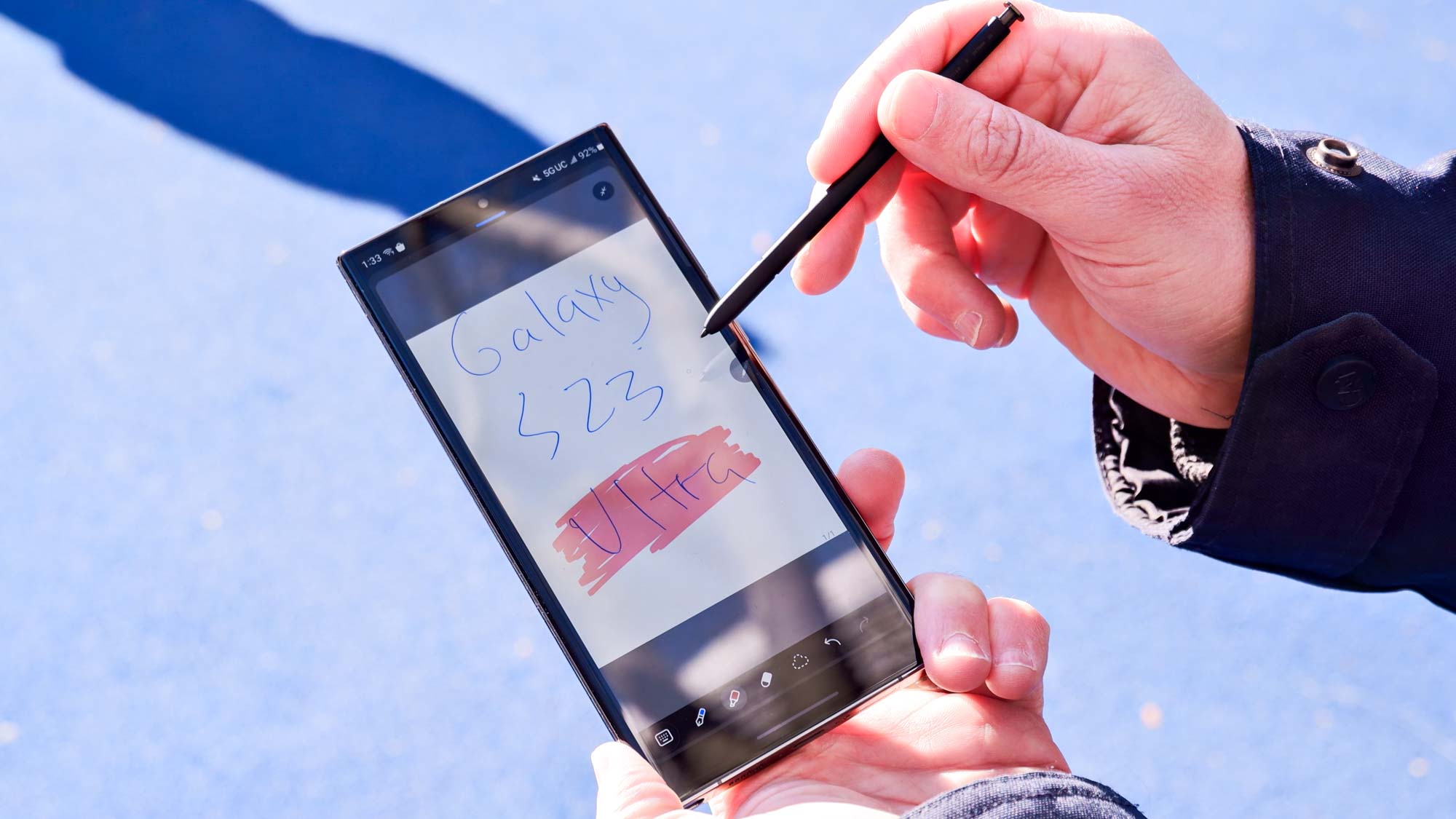
I personally don't think having the S Pen is a game changer on the Galaxy S23 Ultra, but it's certainly nice to have if you like the idea of taking notes, drawing and sketching with a built-in stylus. And Samsung made the display a bit flatter to make using the S Pen more comfortable.
Even though I'm not an artist, I do appreciate have an S Pen for scrolling through large galleries or making fine photo edits without having to use my pudgy fingers.
Bottom line
The iPhone 14 Pro Max remains one of the very best phones, and if you're an iOS user it's certainly a no-brainer if you're willing to pay a premium for your next flagship. But if you're open to jumping from iOS to Android or you just want to upgrade to the best Android phone around, the Galaxy S23 Ultra is the superior phone right now.
Mark Spoonauer is the global editor in chief of Tom's Guide and has covered technology for over 20 years. In addition to overseeing the direction of Tom's Guide, Mark specializes in covering all things mobile, having reviewed dozens of smartphones and other gadgets. He has spoken at key industry events and appears regularly on TV to discuss the latest trends, including Cheddar, Fox Business and other outlets. Mark was previously editor in chief of Laptop Mag, and his work has appeared in Wired, Popular Science and Inc. Follow him on Twitter at @mspoonauer.

